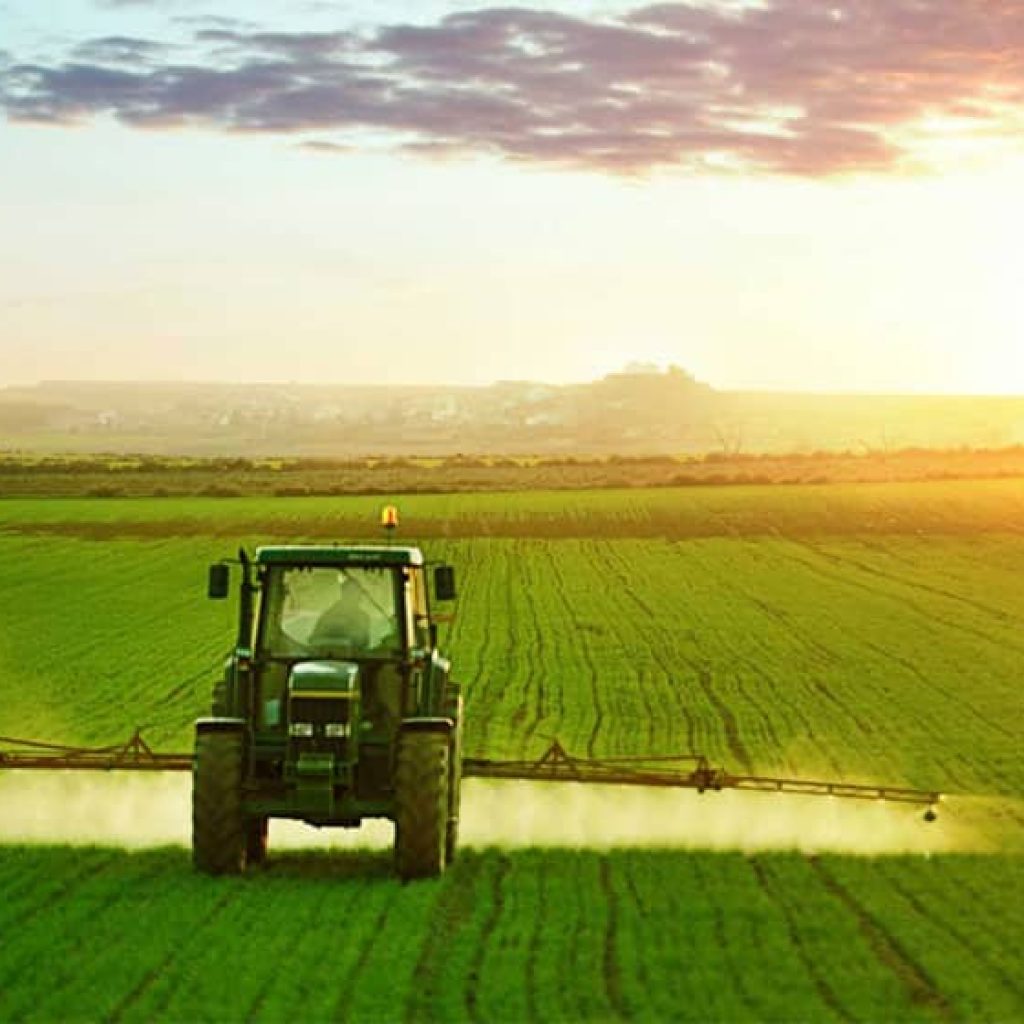The digital revolution is rapidly spreading to every part of Pakistan, every facet of our society, and the way we consume, but as the mainstay of the country’s economy, the agriculture and food system lags in embracing a digital and connectivity-driven transformation.
According to the UN, the growth of the global population, increasing affluence, and amplified urbanization are threatening global food security. Globally, the agriculture sector is witnessing a profound shift in technological adoption. Farms around the world are leveraging the advancements in ICT by modernizing their operations.
Having experienced a rapid series of transformations since the 19th century, the agriculture sector in Pakistan is only just embracing digital technologies for precision farming that allows improved food production.
Digitalization in our context can ensure the optimized management of the agricultural input resources and enable mass data communication in near real-time among various digital technologies. As more farmers gain awareness and access to digital technologies for farming, more data becomes available for future improvements.
Despite being a predominantly agricultural economy, productivity is declining. With the government pushing the Digital Pakistan vision, the newly launched Kisan Card Scheme makes it possible for farmers to establish themselves as credible banking customers and is the latest in a series of agri-tech initiatives.
The FAO estimates that the Internet of Things (IoT) can help increase agricultural productivity by 70% by 2050. This technology, when scaled across small-scale farms, can support farmers in optimizing the use of inputs and limited resources for greater yields and improved productivity.
The average Pakistani farmer is not just affected by erratic weather changes, soil erosion, pests and insects, increased cost of production, but also insufficient information. It is here that the telecom sector makes strides in value creation through several initiatives aimed at financial inclusion, training, and guidance of farmers across the country.
The most notable of these agri-tech solutions include Telenor Pakistan’s Khushaal Zamindaar and Khushaal Mandi.
Recognized across Punjab and Sindh as the go-to agricultural information service by over 6 million farmers, Khushaal Zamindaar provides timely weather updates, crop advisories, and livestock management best practices. Increasing crop yields and cutting down costs are the primary motivators for farmers to stay ahead of the curb, and with Khushaal Zamindaar, it’s now possible with just a few taps on any mobile phone.
In order to fully maximize the potential of Khushaal Zamindaar, farmers can also use its call center service, which is all set to launch later this June, to gain valuable information on crops, veterinary practices, and other specific, everyday challenges.
The rapid adoption of digital agriculture practices amongst Pakistani farmers indicates the success of agri-tech, even in a country with lower internet penetration rates compared to the rest of South Asia. Digital agriculture is improving yields, cutting food losses and waste, whilst helping farmers receive fair prices for their year-round hard work.
Digital technologies are making it possible for farmers to receive instantaneous knowledge banks of specific information tailored to their farming requirements.
In an increasingly competitive and pandemic-affected world, where sales prices continuously fluctuate, it becomes increasingly difficult to keep up with real-time industry standard rates. Khushaal Mandi steps up to provide the perfect solution to farmers by offering them the tailored information that they need to buy and sell at the right price.
Khushaal Mandi also informs users of short-term price predictions and aims to act as the bridge between growers and buyers around the country through a digital Agri marketplace. Similarly, Pak Agri Market was a startup that joined Telenor Pakistan’s Velocity program.
Their solution to link vendors with Khushaal Zamindar customers in the agriculture sector was white-labeled as Zarai Directory on IVR, and is currently scaled to over 79 Tehsils in Punjab, resulting in a 35% increase in engagement of the service.
The Agri-tech landscape is at the outset of a dramatic revolution, and much still needs to be done to further improve this digital transformation efficiently and in an environmentally sustainable way. The information offered through such technological means can lead to improvements in resource efficiency, thanks to precision agriculture.
It can help reduce food loss and wastage by learning directly from the market about demand and supply.
The enormity of potential offered by the agricultural digital revolution only becomes clear as more people adopt the technologies and services across the country.
It’s clear that agri-tech drastically lowers information asymmetry and the various transactional costs that afflict the system at various levels, improving the efficiency and overall livelihoods of farmers and the consumers across the country who depend on them for food.
The post Building the Digital Future of Agriculture appeared first on .


